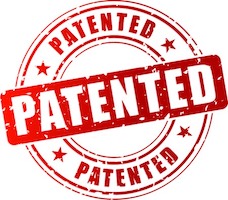 A patent for an invention is the grant of a property right to the inventor, issued by the United States Patent Office. The right conferred by the patent grant is, in the language of the statute and of the grant itself, “the right to exclude others from making, using, offering for sale, or selling” the invention in the U.S. or “importing” the invention into the U.S.
A patent for an invention is the grant of a property right to the inventor, issued by the United States Patent Office. The right conferred by the patent grant is, in the language of the statute and of the grant itself, “the right to exclude others from making, using, offering for sale, or selling” the invention in the U.S. or “importing” the invention into the U.S.
In order to obtain a patent in the United States it is necessary to file a US patent application. One can either file a design patent application (which covers the way something looks, but not the way it functions), a plant patent application (to cover asexually reproduced plants) or a utility patent application. The utility patent application covers what most people refer to as an invention; namely devices, methods, compounds and software, for example. From this point forward we will limit our discussion to utility patents and utility patent applications.
In order to obtain a utility patent one must file what is referred to as a non-provisional application or a non-provisional utility application. It is called “non-provisional” to distinguish it from a provisional patent applications. This distinction between a provisional patent application and a non-provisional patent application became necessary in 1995 when the Patent Office first allowed the filing of provisional applications. A provisional application is one that essentially allows you to file and hold your place in line for 12 months. You can file a provisional application without many of the formalities required for a non-provisional application because the Patent Office will not review provisional applications.
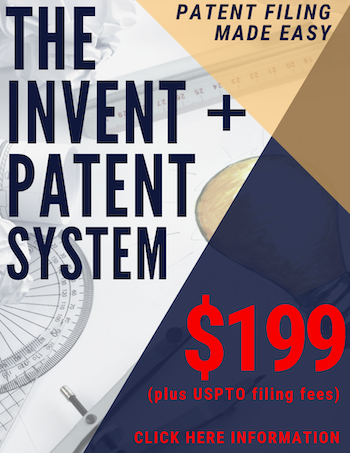 In order to initiate a Patent Office review of your patent application, and in order to obtain a utility patent, a non-provisional application must be filed. Simply stated, a provisional application will never mature into a patent. Provisional patent applications are an excellent way to establish a priority filing date, which is critically important given the U.S. is now a first to file country, but it is the non-provisional utility patent application that will be examined and ultimately lead to the issuance of a patent. If you do elect to start with a provisional patent application you can simply follow-up with a non-provisional patent application that claims priority to the provisional filing within 12 months. Just keep in mind that you are not truly on the road to obtaining a patent, at least is so far as the Patent Office is concerned, until you file a non-provisional utility patent application. For more information please see the USPTO Utility Patent Filing Guide.
In order to initiate a Patent Office review of your patent application, and in order to obtain a utility patent, a non-provisional application must be filed. Simply stated, a provisional application will never mature into a patent. Provisional patent applications are an excellent way to establish a priority filing date, which is critically important given the U.S. is now a first to file country, but it is the non-provisional utility patent application that will be examined and ultimately lead to the issuance of a patent. If you do elect to start with a provisional patent application you can simply follow-up with a non-provisional patent application that claims priority to the provisional filing within 12 months. Just keep in mind that you are not truly on the road to obtaining a patent, at least is so far as the Patent Office is concerned, until you file a non-provisional utility patent application. For more information please see the USPTO Utility Patent Filing Guide.
When you file a non-provisional application your application will be preliminarily reviewed by a Patent Office employee to see if all of the parts of the application, including the filing fee, are present. In order to file a non-provisional application you must fill out a number of forms, such as a Utility Transmittal Form, which really acts as a checklist to make sure you are including everything you need to file. Of course, you also must create the patent document itself. There are no forms for the patent document, which makes it challenging for individual inventors and entrepreneurs. For help with creating the written disclosure you may find it useful to consider using the Invent + Patent System.
The patent document must include a specification (the written description of the invention). Effective December 18, 2013, patent claims and patent drawings may be filed later. It is imperative to understand, however, that this change to the law required by the U.S. adopting the Patent Law Treaty does not do away with the prohibition against adding new matter to an existing patent application. Simply stated, the prohibition against new matter means that you cannot add information left out at the time you filed. Because pictures (and patent drawings too) are worth at least 1,000 words, it is extremely difficult to see how it will be possible to file drawings late. The Patent Office has cautioned inventors and attorneys about this and strongly recommends filing a patent application with all the drawings you will want even though technical the filing of drawings is not an impediment to being awarded a filing date.
Drafting the specification and the claims are what makes creating a non-provisional patent application a challenge. the Invent + Patent System can help with the specification, which is the written portion of the patent application, but there really is no way to automate the drafting of patent claims. I have written a number of tutorials on patent claim drafting and specification drafting. Please see:
- Can You Refile a Provisional Patent Application?
- Ten Common Patent Claim Drafting Mistakes to Avoid
- It’s All in the Hardware: Overcoming 101 Rejections in Computer Networking Technology Classes
- Two Key Steps to Overcome Rejections Received on PCT Drawings
- Drafting Lessons from a 101 Loss in the Eastern District of Texas
- From Agent to Examiner and Back Again: Practical Lessons Learned from Inside the USPTO
- Understand Your Utility Patent Application Drawings
- Getting a Patent: The Devastating Consequences of Not Naming All Inventors
- Getting A Patent: Who Should be Named as An Inventor?
- Make Your Disclosures Meaningful: A Plea for Clarity in Patent Drafting
- Avoid the Patent Pit of Despair: Drafting Claims Away from TC 3600
- A Tale of Two Electric Vehicle Charging Stations: Drafting Lessons for the New Eligibility Reality
- Background Pitfalls When Drafting a Patent Application
- Eight Tips to Get Your Patent Approved at the EPO
- What to Know About Drafting Patent Claims
- Beyond the Slice and Dice: Turning Your Idea into an Invention
- Examining the Unforeseen Effects of the USPTO’s New Section 112 Guidelines
- Anatomy of a Valuable Patent: Building on the Structural Uniqueness of an Invention
- Software Patent Drafting Lessons from the Key Lighthouse Cases
- Patent Drafting Basics: Instruction Manual Detail is What You Seek
In terms of patent drawings, while there is no requirement that you file formal drawings, there are significant advantages to doing so. The primary advantage of having formal drawings is that drawings that meet the requirements of the Patent Office are almost always far more detailed than ordinary sketches, which means that they convey more detail regarding the invention, which in turn gives you a broader, stronger patent application. Remember, whatever is fairly shown or described at the time you file your patent application will be considered to be a part of your invention description. Having a detailed invention description is essential, and drawings can and do play an important role. If you forget to include something in the text but it is shown in the drawings then it is considered to be included. For that reason new attorneys and patent agents, as well as inventors pursuing things on their own, would be wise to include quality drawings. Because drawings are cheap and greatly enhance the invention description they should be liberally used.
Once you file the non-provisional application and all the parts are present your application will be forwarded to a patent examiner. The patent examiner is the one who will review the substance of your application and make sure that you are entitled to a patent. It is typical for a patent examiner to reject some claims and want the description of your invention to be more narrowly tailored. Don’t be alarmed by this, that is simply their job. In virtually all cases, the patent examiner is the one who is responsible for deciding whether you receive a patent and, if so, what your patent will cover. For more information on the examination process please read our An Overview of the U.S. Patent Process.
Eventually, the hope is that your non-provisional utility patent application will be successful. This means that the patent examiner has found at least some patent claims to be allowable. If that happens and you cancel all other claims that have either been rejected or previously withdrawn (i.e., tabled from consideration) then you will receive a Notice of Allowance. Upon receiving a notice of allowance you will have three months to pay the Issue Fee, and after you pay the Issue Fee you should have an issued patent within approximately 10 to 12 weeks.
For more information on patent basics please see:
- Patent Basics: Practice Tips for Achieving Success in Inter Partes Reviews
- An Alternative to Claim Mirroring in Initial Patent Application Filing
- IP Goes Pop! You Can’t Do That – What IP Cannot Protect
- How to Use the USPTO Patent Public Search Tool
- Using Analytics to Assess the Effectiveness of Common Patent Prosecution Practices
- Tips from a Former Examiner on How to Conduct Interviews at the USPTO
- Ten Mistakes to Avoid When Drafting Information Disclosure Statements
- Defanging Descriptive Material Rejections
- Can You Refile a Provisional Patent Application?
- Ten Common Patent Claim Drafting Mistakes to Avoid
- It’s All in the Hardware: Overcoming 101 Rejections in Computer Networking Technology Classes
- Disclosure Requirements in Software Patents: Avoiding Indefiniteness
- Patent Procurement and Strategy for Business Success Part III: Prosecution – Wielding an Invisible Hand
- Patent Procurement and Strategy for Business Success Part II: Claims – Targeting the Right Infringers
- Patent Procurement and Strategy for Business Success: Building and Strategically Using Patents that Target the Right Infringers and Thwart Competitive Countermeasures
- Fit to Drive: Three Inspiring Office Action Responses from the USPTO’s Art Unit 3668
- Design Patents 101: Understanding Utility Patents’ Lesser-Known Cousin
- Two Key Steps to Overcome Rejections Received on PCT Drawings
- Errors in Issued Patents as a Measure of Patent Quality
- Intellectual Property for Startups: Building a Toolkit to Protect Your Products and Design
Below are some ballpark estimates for likely attorney costs through filing of a non-provisional utility patent application. For a more detailed explanation please see Cost of Obtaining a Patent.
| Type of Invention | Examples | Attorneys Fees |
| Relatively Simple | board game; umbrella; retractable dog leash; belt clip for cell phone; toothbrush; flashlight | $7,500 to $9,000 |
| Minimally Complex | power hand tool; lawn mower; camera; cell phone; microwave oven | $9,000 to $10,000 |
| Moderately Complex | ride on lawn mower; simple RFID devices; basic solar concentrator | $10,000 to $12,000 |
| Relatively Complex | shock absorbing prosthetic device; Segway; robotics |
$12,000 to $15,000 |
| Highly Complex | MRI scanner; telecommunication networking systems; software / systems; satellite technologies |
$15,000 + |
If you feel you need the assistance of a patent attorney, I can help. I have been helping independent inventors and start-up companies since 1998. I have developed a unique process efficiently and effectively creates patent applications with the cooperation of the inventor. This process, which we call the Invent + Patent System, creates a better product because from the beginning we collaboratively work together with the inventor to understand the invention. This process uncovers many additional aspects of the invention that can be protected and results in a far more detailed patent application than is typical. If you are interested in my assistance please send me an e-mail and I will get back to you as soon as possible.

![[IPWatchdog Logo]](https://ipwatchdog.com/wp-content/themes/IPWatchdog%20-%202023/assets/images/temp/logo-small@2x.png)

![[[Advertisement]]](https://ipwatchdog.com/wp-content/uploads/2018/10/Enhance-2-IPWatchdog-Ad-2499x833-2.png)
![[[Advertisement]]](https://ipwatchdog.com/wp-content/uploads/2018/10/ip-ad_rocket_464.jpeg)
![[Advertisement]](https://ipwatchdog.com/wp-content/uploads/2024/04/Artificial-Intelligence-2024-REPLAY-sidebar-700x500-corrected.jpg)
![[Advertisement]](https://ipwatchdog.com/wp-content/uploads/2024/04/UnitedLex-May-2-2024-sidebar-700x500-1.jpg)
![[Advertisement]](https://ipwatchdog.com/wp-content/uploads/2024/04/Patent-Litigation-Masters-2024-sidebar-700x500-1.jpg)

![[Advertisement]](https://ipwatchdog.com/wp-content/uploads/2021/12/WEBINAR-336-x-280-px.png)
![[Advertisement]](https://ipwatchdog.com/wp-content/uploads/2021/12/2021-Patent-Practice-on-Demand-recorded-Feb-2021-336-x-280.jpg)
![[Advertisement]](https://ipwatchdog.com/wp-content/uploads/2021/12/Ad-4-The-Invent-Patent-System™.png)
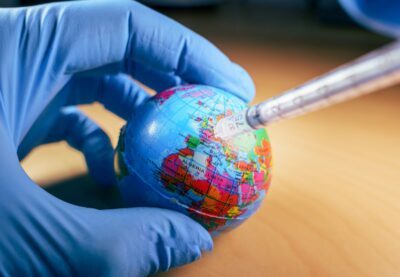
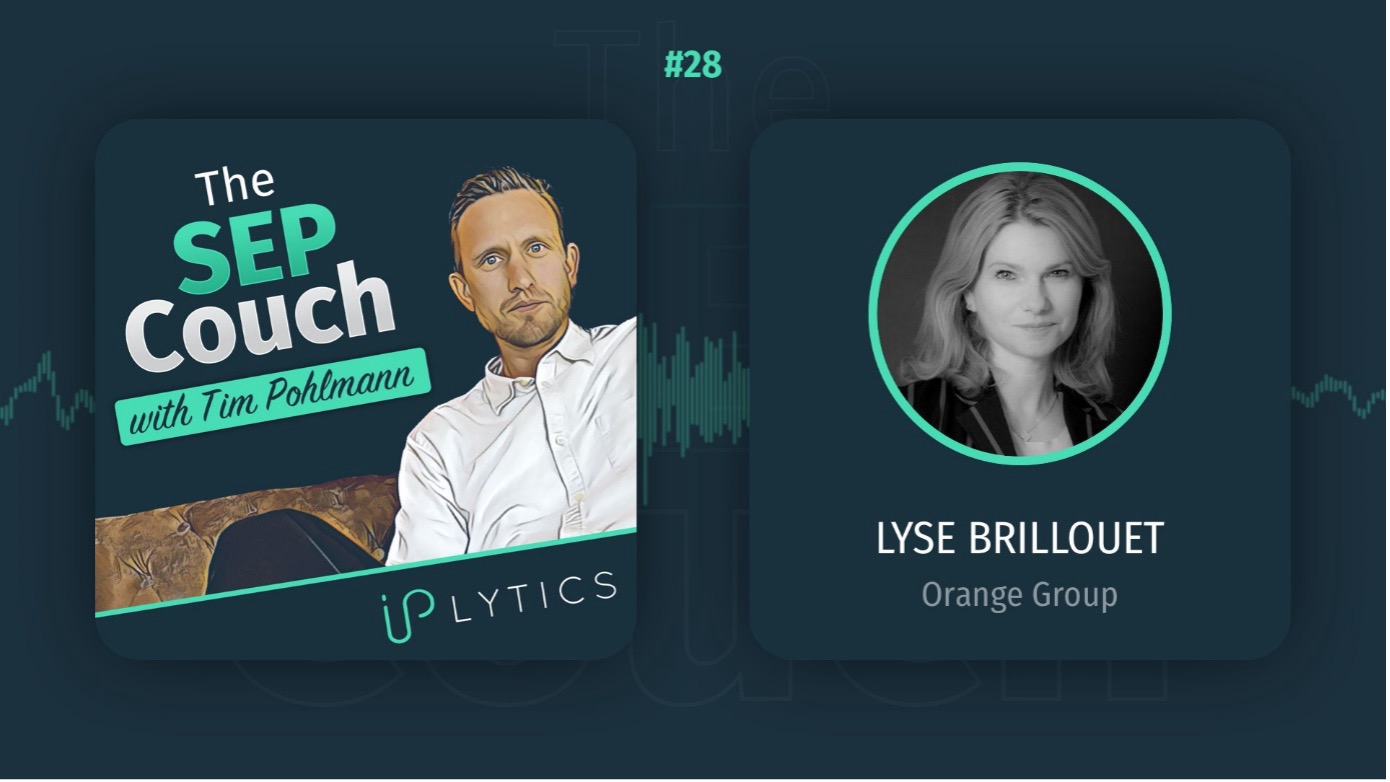
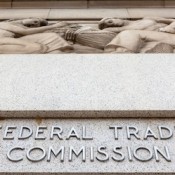
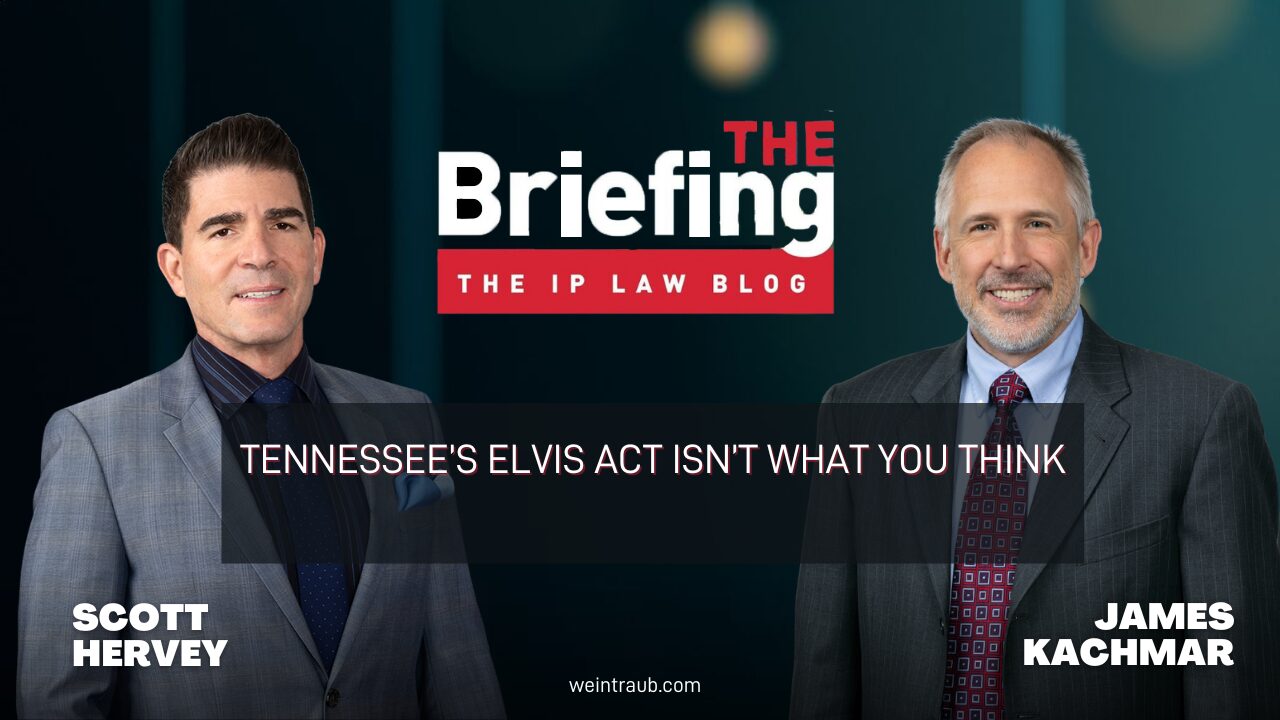


Join the Discussion
One comment so far.
Mark Nowotarski
June 28, 2014 09:20 pmSpeaking of drawings, if you do file a non-provisional without drawings, the patent office will issue a requirement to either file drawings or file a petition to demonstrate that drawings are not needed. The petition is far more expensive than putting a simple drawing in.